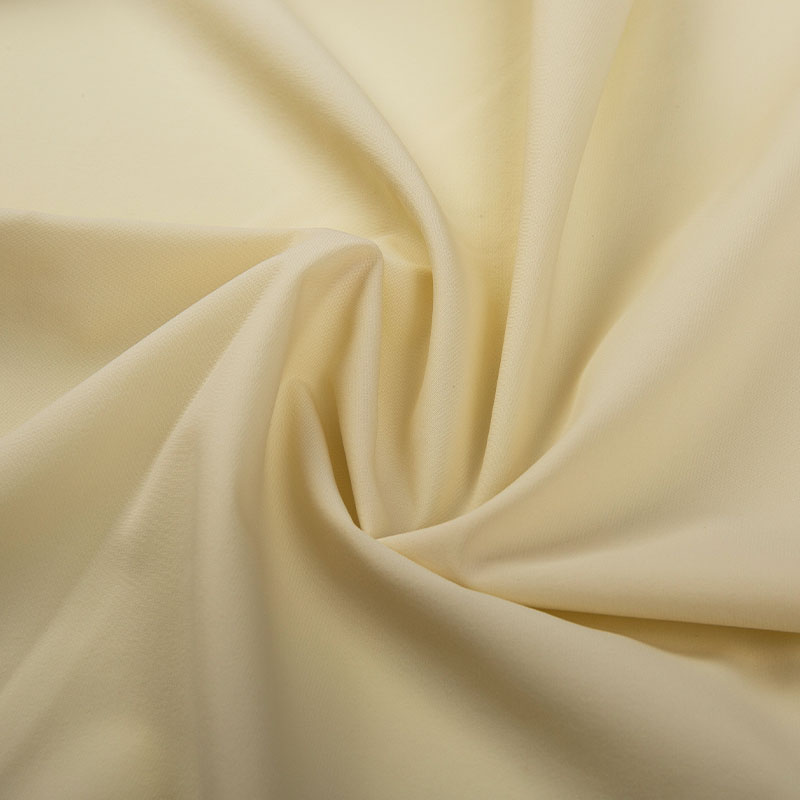The secret lies not just in fluffy insulation but in the cutting-edge science of fabrics and coatings that shield you from the elements. While traditional designs focus on bulk, modern innovations in material technology are rewriting the rules—think smarter, not thicker. Let’s dive into how high-performance coatings and layered composites are transforming your favorite winter staple into a fortress against frost.
At the heart of this revolution is the DWR (Durable Water Repellent) coating , a silent guardian that keeps your puffer coat’s insulation dry and effective. Unlike basic water-resistant finishes that wear off after a few washes, advanced DWR treatments use nanotechnology to create a molecular shield . Imagine raindrops bead up and roll off like marbles on glass—this hydrophobic magic prevents moisture from seeping into the polyester or down fill, preserving loft and warmth. But here’s the kicker: newer fluorine-free formulas now rival legacy chemicals, offering eco-conscious durability without sacrificing performance. For adventurers braving slushy commutes or sudden snowstorms, this means your coat stays light, breathable, and ready to tackle soggy conditions without a hiccup.

Beneath the surface, multi-layer composite fabrics are engineering thermal efficiency like never before. By combining varying densities of polyester fill with reflective membranes or phase-change materials (PCMs), brands are creating microclimates inside your coat. Picture a sandwich of high-loft insulation, heat-trapping metallic films, and adaptive layers that store and release warmth as temperatures fluctuate. These systems are designed using thermal simulation software, optimizing pore size and airflow to minimize conductive heat loss. The result? A winter puffer coat that doesn’t just trap warmth but actively manages it, adapting to your activity level—whether you’re sprinting to catch a bus or sipping cocoa by the fire.
Of course, lab tests only tell half the story. Real-world extremes demand real-world solutions. Enter windproof and waterproof shell fabrics reinforced with techniques like laser-cut seams and sonic welding. These methods eliminate stitch holes—tiny weak points where cold air sneaks in—while maintaining flexibility. Wind tunnel experiments fine-tune fabric weaves to block gusts without stifling movement, and salt-fog chambers simulate years of coastal exposure to ensure coatings won’t crack under pressure. For urban explorers or mountain trekkers, this means a coat that laughs off blizzards and resists abrasion from backpack straps or rocky terrain.
The takeaway? Winter puffer coat warmth isn’t just about stuffing more fluff into a shell. It’s a symphony of material science—where coatings repel water, composites regulate heat, and construction techniques defy wind—all working in harmony to keep you cozy. As fabric tech evolves, expect even smarter integrations, like self-healing membranes or solar-activated warming zones. Until then, the next time you shrug on your puffer, remember: you’re wearing a lab-invented shield, crafted to outsmart winter’s worst.

 English
English Español
Español Deutsch
Deutsch Français
Français












